Cassia Nodosa Plant | Buy Cassia Nodosa
₨4,000.00
Add to cart
Buy Now
Cassia Nodosa
Cassia Nodosa is more commonly identified by its popular name Pink Cassia or Apple Blossom Tree is one of the flowering plants belonging to the family of Fabaceae that is native to tropical areas in Central as well as South America. The plant is famous for its gorgeous flowers of pink and red flowers and lush green leaves. Its height is between 20 and 30 feet (6-9 meters high) as well as having large canopy offering plenty of shade the popularity of this plant increases due to its capacity to create breathtaking blooms that are constantly changing, enhancing the aesthetics of it.
Cassia Nodosa in Landscaping:
Cassia nodosa tree ornamental is gaining popularity due to its attractiveness. With its bright blossoms and long canopies, this ornamental tree can add interest and color to every landscape, be it areas of public gardens, parks and places.
Shade Tree: Thanks to the wide, sprawling canopy Its broad, spreading canopy Pink Cassia makes an excellent shade tree to plant in your gardens the home or in outdoor areas particularly in sunny areas with shaded areas that can provide comfort and relief.
Flowers: Cassia nodosa stands out in borders and flower beds thanks to its stunning flowers in red and rose that produce stunning display, and long blooming times with a constant flow of color for your landscape.
Secure Privacy with Tree Foliage The lush leaves of trees make them the best natural option for fencing and privacy screens, with lush green backdrops that can block out views, while also creating privacy-enhancing garden spaces.
The Garden for Wildlife: Cassia nodosa flowers are a magnet for pollinators, such as bees and butterflies. This makes it an ideal component for habitat-friendly gardens.
Care Instructions:
The light: Cassia nodosa requires at the very least six hours of sun direct throughout the day to grow and flower more frequently however, shaded areas will permit to grow without limiting blooms to the extent that it would be.
Soil: Trees thrive in fertile, well-draining, and abundant organic material soil yet they are able to adapt to different sandy or loamy conditions so provided that there is adequate drainage in order to prevent the growth of root mold. To guard against growing mold, it’s essential that proper drainage is assured through effective plant root irrigation strategies.
Regular watering is essential throughout dry and growing seasons (spring as well as summer). Keep soil moist by ensuring that you water it regularly, but not draining too much and reducing the amount of water used when growing rates slow in the winter months.
Cassia nodosa is found in tropical and subtropical regions with moderate-to-high levels of humidity. It prefers humid terrariums or misting systems in dry zones for additional humidity. If they are grown outside, with no misting system available, they can benefit from frequent misting, or humid trays, to ensure that humidity remains at its most high.
Fertilization: Apply a well-balanced water-soluble fertilizer at least every 6-8 weeks throughout the growing season, to provide nutrients and help develop the tree. It will encourage blooming flowers and reducing feeding in the winter and autumn.
Pruning: Pruning need not be needed all the time however it can be used in some instances to form and trim trees to create the shape they want or eliminate dead or damaged branches. Make sure you check the trees frequently to keep the appearance as well as well-being of the trees you cherish!
The Pest and Disease Management: Cassia nodosa plants generally have outstanding resistance to diseases and pests, but they are susceptible to fungal or scale insect illnesses that require targeted treatments with insecticides and fungicides when necessary. It is crucial to conduct regular inspections in this case to spot concerns so that the appropriate actions can be taken if needed.
Winter Care Cassia nodosa tree may need protection from frost in regions that have temperatures that are below ideal temperature. In order to protect the trees under such conditions, it is recommended to consider moving or implementing methods to protect against frost within their existing place of residence. If this is the case, consider the possibility of removing or preventing frost as soon as is possible by either moving or using suitable methods to prevent damage from frost in order to further protect the tree.
The process of growing: Cassia nodosa can be propagated through seedlings and cuttings. Seeds must be inserted into fertile soil that is well-drained and kept warm until they begin to germinate and semi-hardwood cuts harvested during growth seasons are also to be planted into the soil that is well-drained and moist for the best results.
Cassia nodosa is a stunning design for any garden by its beautiful blooms and elegant design, offering shades and beauty throughout the year.


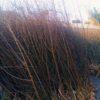

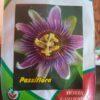
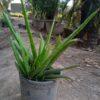
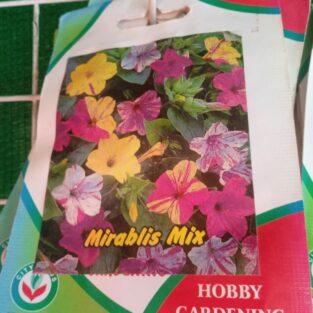


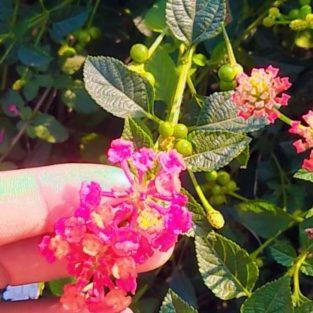

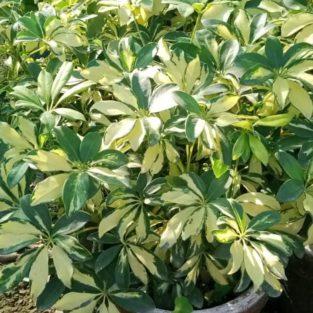
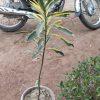
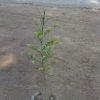
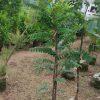
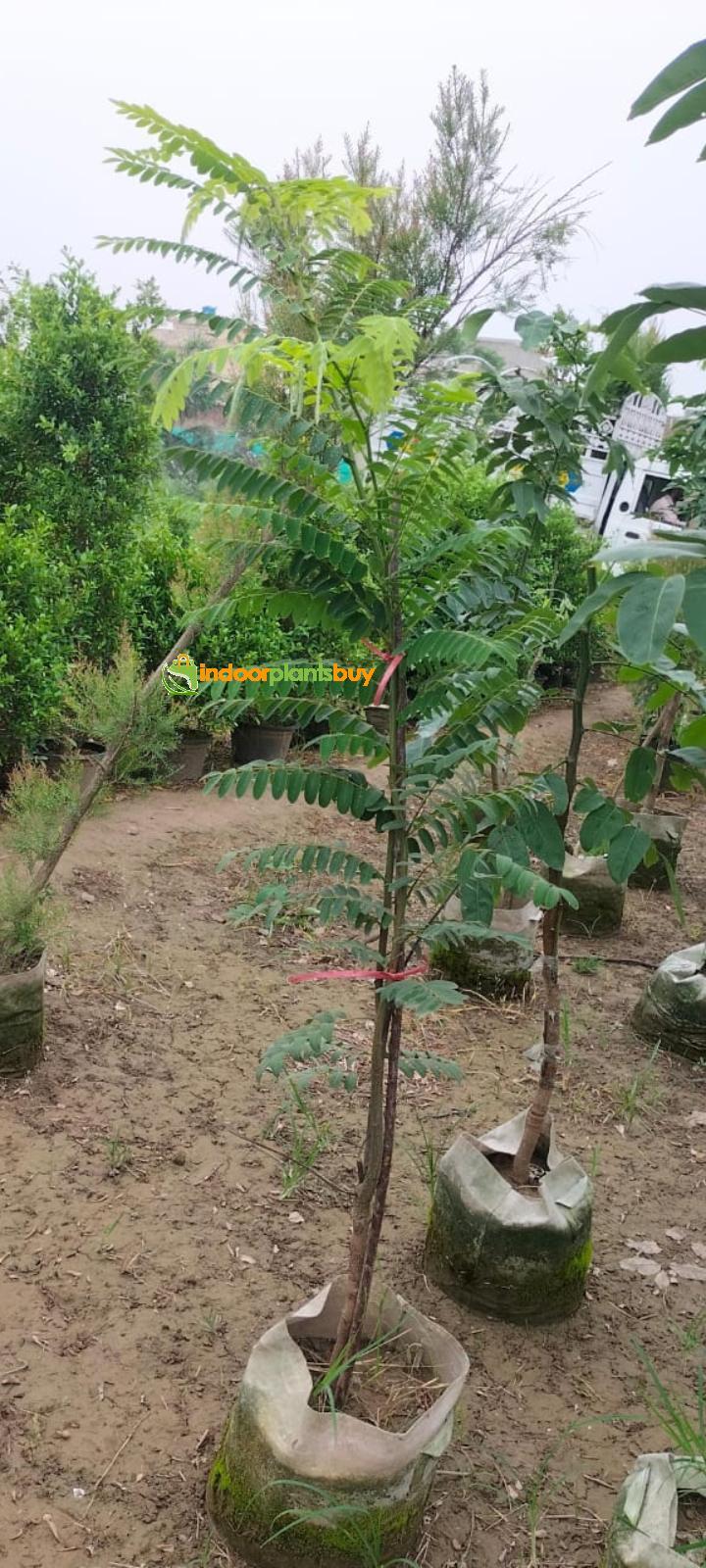
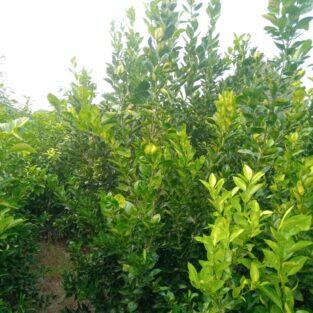
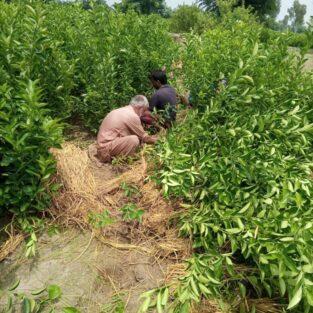

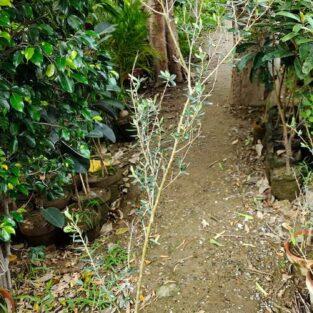


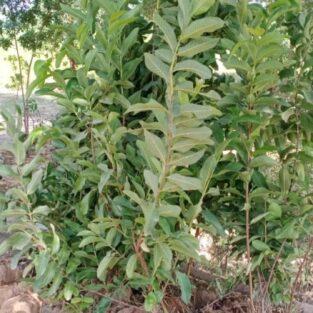
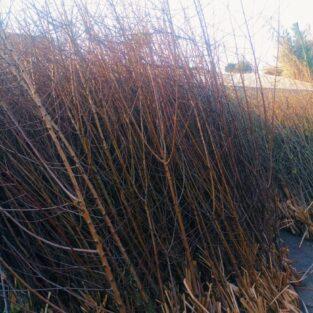
Reviews
There are no reviews yet.